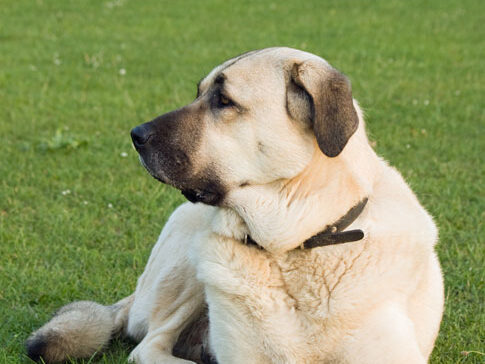15 Signs Your Dog Is Lonely

Dogs are social animals, so loneliness can significantly impact their well-being. Whether due to long work hours or changes in routine, loneliness in dogs often shows through specific behaviors. Recognizing these signs can help them receive the emotional support and engagement they need to stay happy and healthy. Here are 15 common signs that your dog may be feeling lonely.
Your Dog is Vocalizing More than Usual
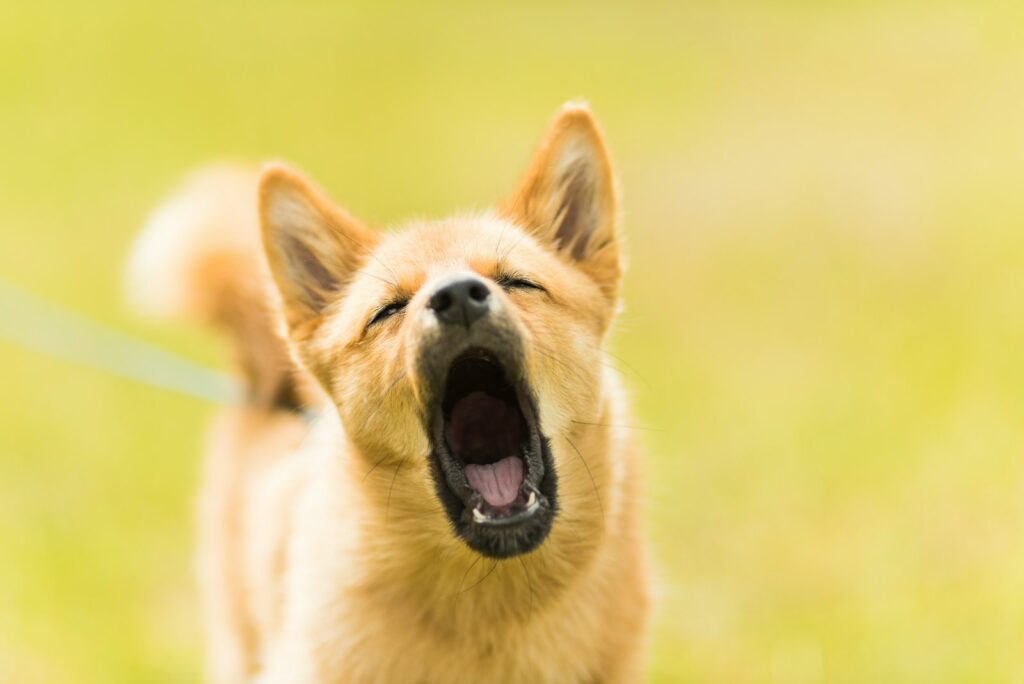
If your dog is barking, whining, or howling excessively, especially when left alone, it could be a sign of loneliness. Dogs often use vocalization to communicate distress, so increased could mean they’re missing your presence. Loneliness can make dogs feel isolated, and vocalizing is their way of asking for attention or interaction.
Destructive Behavior When Left Alone
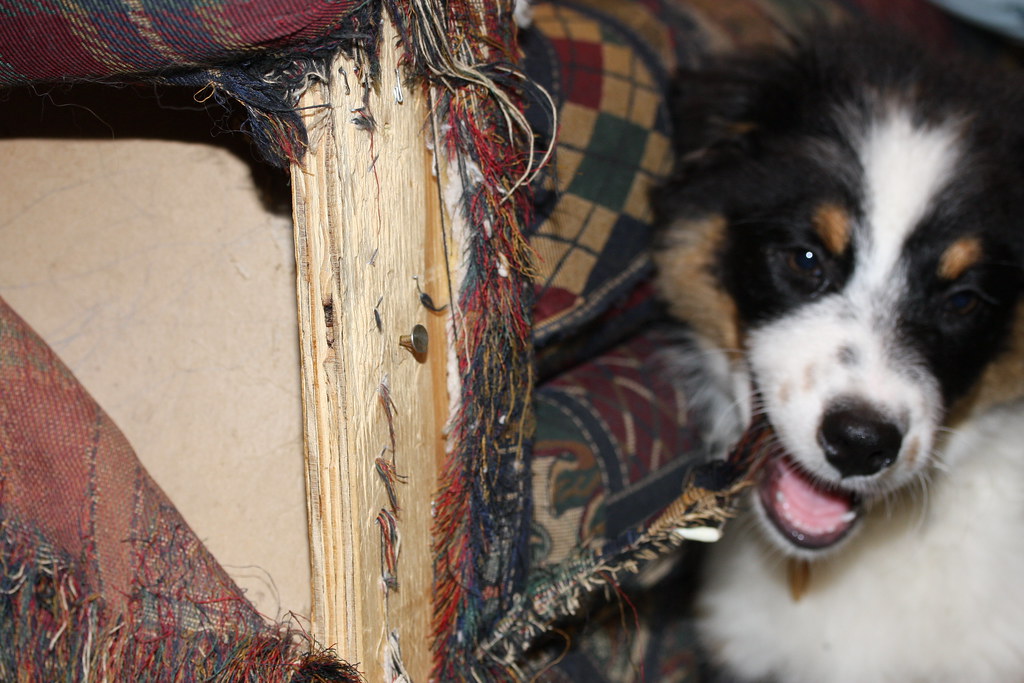
Dogs left alone for extended periods may chew furniture, shoes, or other household items out of frustration and loneliness. Chewing is often an outlet for pent-up energy or emotional distress. When dogs feel neglected, they might turn to destructive behaviors as a way of coping or as a plea for interaction.
Clinginess and Following You Constantly
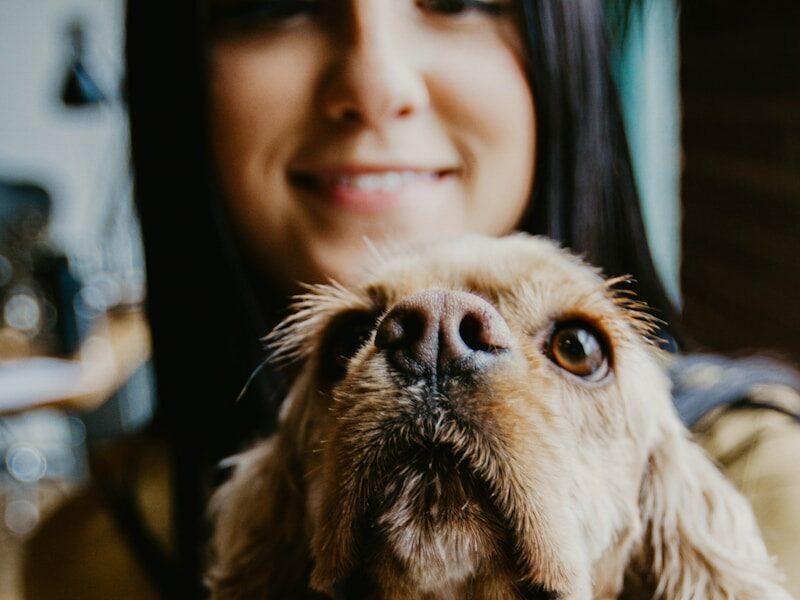
If your dog starts to follow you around all the time, even into other rooms, it may be a sign of loneliness. Lonely dogs often look for proximity to their owners to fill the void. When left alone, they may develop separation anxiety, which can lead to excessive clinginess when you’re present.
Increased Sleeping Patterns

A lonely dog might sleep more than usual as a way to pass the time alone. While regular sleep is healthy, excessive napping can indicate they’re coping with isolation. If your dog appears to be lethargic or less excited about usual activities, it could mean they’re experiencing sadness or boredom.
Loss of Interest in Play and Activities

If your dog no longer shows enthusiasm for games, walks, or toys they once loved, they may be feeling lonely. This behavior could come from sadness or a decrease in mental stimulation, which affects their motivation. Dogs who feel neglected often withdraw from activities that used to bring them happiness.
Changes in Eating Habits or Loss of Appetite

Loneliness can disrupt a dog’s appetite, leading to either overeating or not eating at all. Dogs that are left alone too often may lose interest in food due to sadness or stress. A sudden lack of appetite can signal emotional distress, so make sure they’re emotionally healthy as well as physically.
Excessive Grooming or Self-Chewing
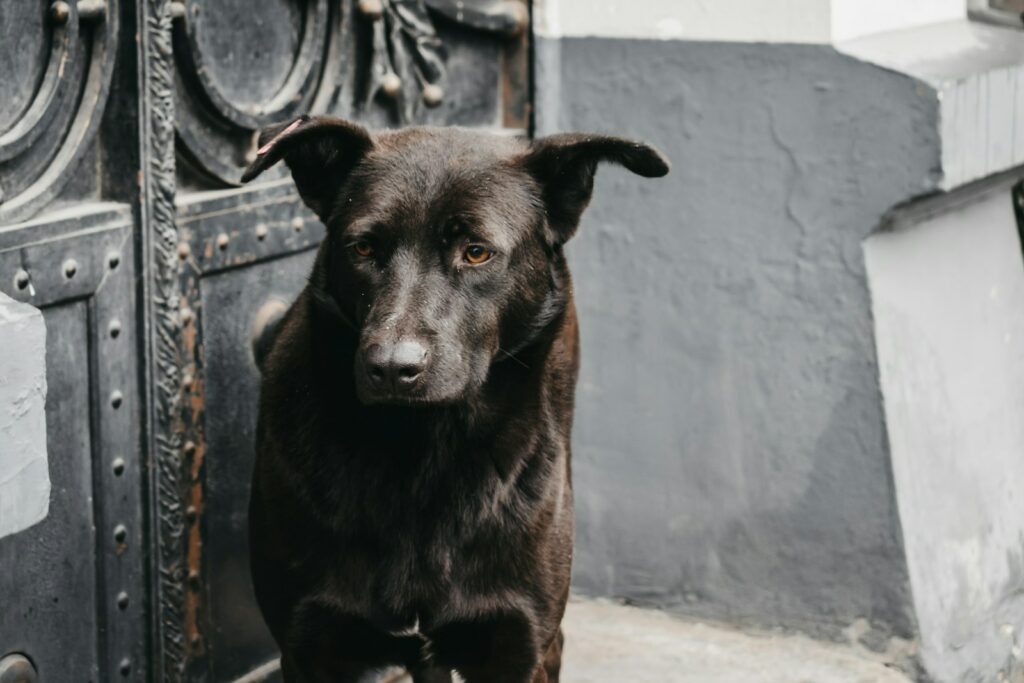
When dogs feel isolated, they may turn to self-grooming or chewing their own fur as a way to cope. This behavior can lead to skin irritation or hair loss and often indicates they’re lonely or anxious. Dogs use grooming to self-soothe, so if you notice excessive licking or biting, it might be a sign they’re not getting enough attention. Regular interaction and soothing toys can help curb this behavior.
Attempting to Escape or Run Away
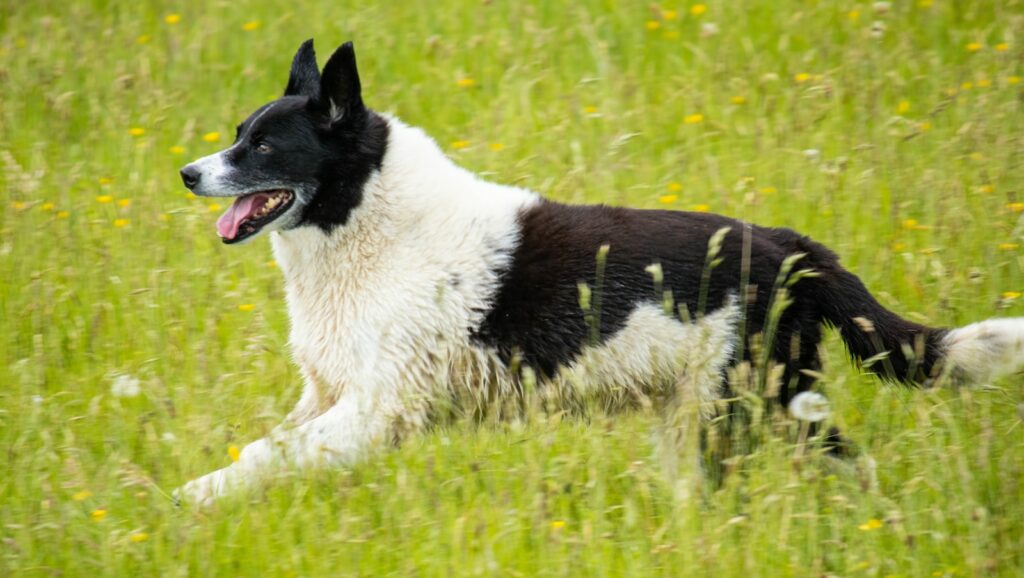
Dogs that feel lonely may try to escape their home or yard to find companionship somewhere else. This can be a safety concern, as they may wander into dangerous areas. Escaping is a strong indicator that your dog is searching for interaction, be it with other dogs or people.
Excessive Pacing or Restlessness

Dogs who feel isolated may exhibit restlessness or pacing, often circling or moving around aimlessly. This behavior shows they’re struggling with boredom and a lack of mental stimulation, especially when alone for long stretches. By increasing their exercise routine and providing stimulating activities, you can help ease their restlessness.
Increased Need for Attention or Affection
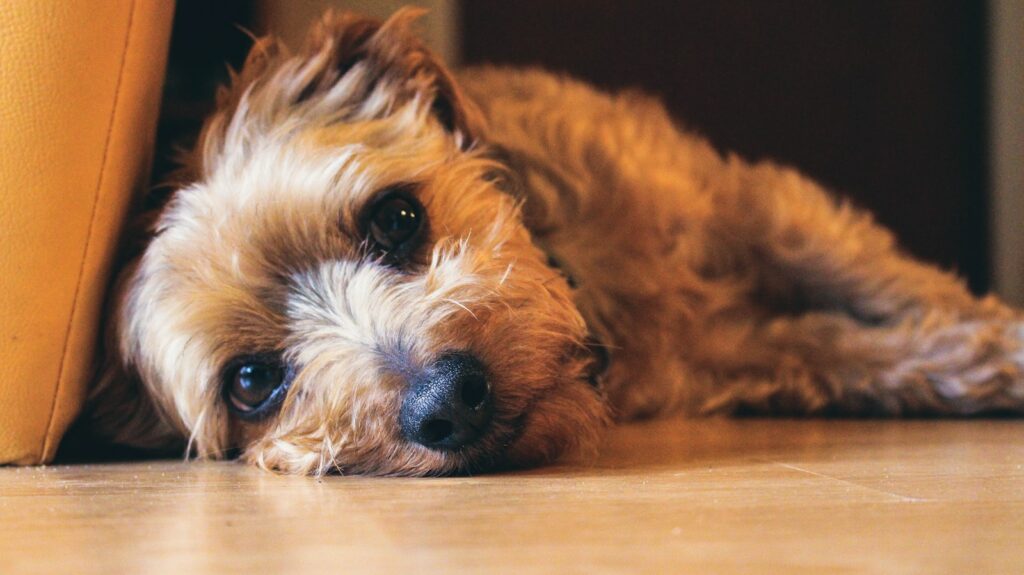
If your dog constantly demands attention, pawing at you, nudging, or interrupting activities, it may be a sign of loneliness. Dogs who feel neglected often seek ways to engage their owners, trying to fulfill their need for social interaction. This behavior, though cute, could be a sign that your dog feels isolated.
Ignoring Commands or Training

Lonely dogs may become less responsive to training or commands as a form of protest or due to emotional distress. When a dog feels isolated, they may choose to ignore instructions, showing a decrease in obedience. This lack of focus often signals that their emotional needs are unmet. Addressing this by spending quality time and practicing commands can help them reconnect and regain interest in training.
Waiting by Doors or Windows for Long Periods

Dogs who spend a lot of time staring at the door or window, especially when alone, might be hoping for someone to return. This behavior is a clear indicator that they feel lonely and are waiting for their owner to come home. Dogs who often sit by doors or windows are often looking for social interaction.
Changes in Body Language or Expression
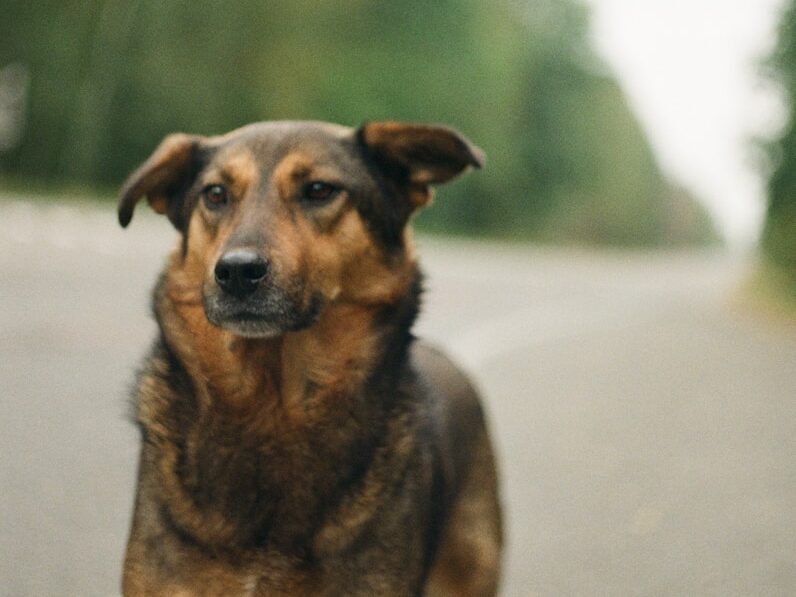
Dogs often show loneliness through their body language, such as drooping ears, lowered tails, or a general lack of enthusiasm. Unlike their usual vibrant behavior, they may appear sad, withdrawn, or uncharacteristically passive. Observing these subtle changes can help you identify if your dog feels isolated.
Unusual Aggression or Irritability
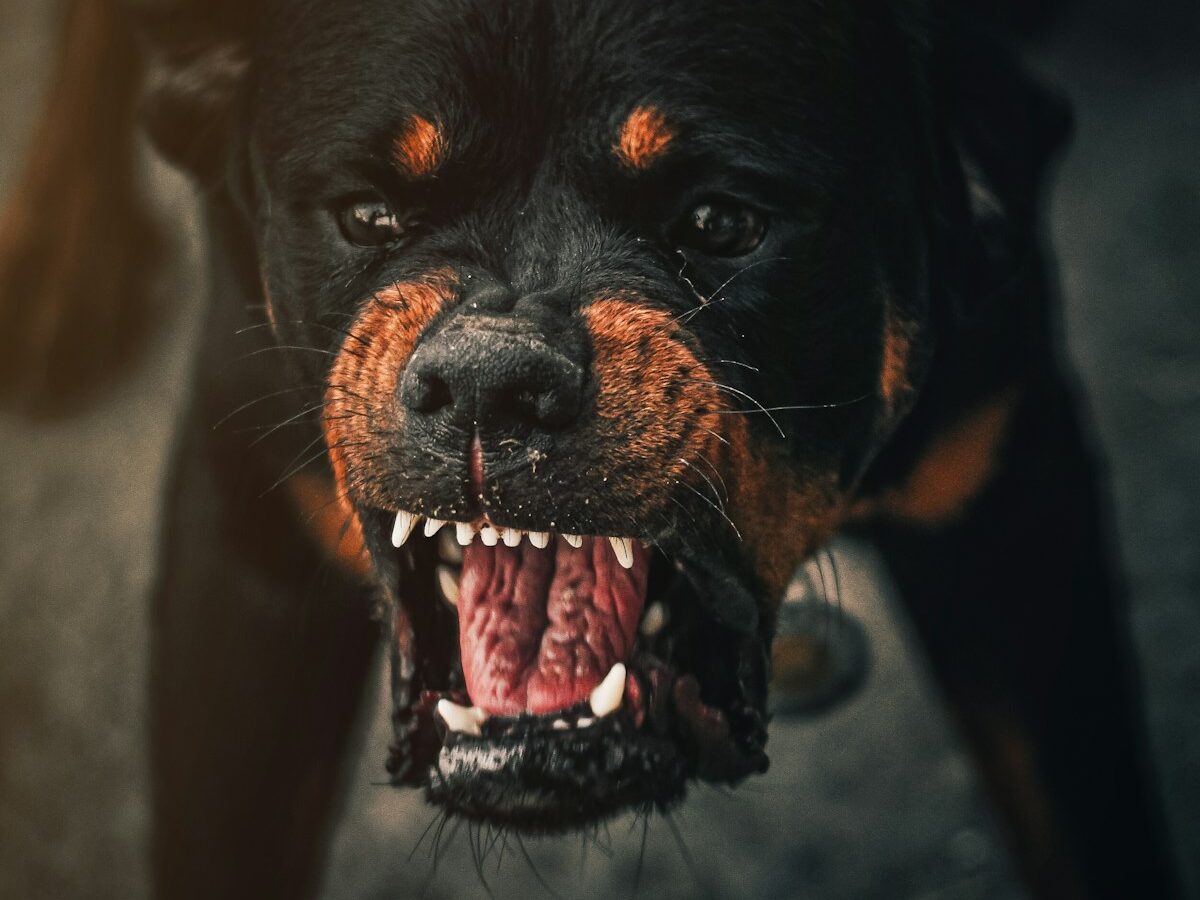
Loneliness can sometimes make dogs irritable, leading to sudden displays of aggression or frustration. A dog that’s usually calm but begins to growl, snap, or show territorial behavior might be reacting to feeling isolated. This aggression can come from their unmet need for social interaction and play.
Seeking Comfort in Familiar Objects
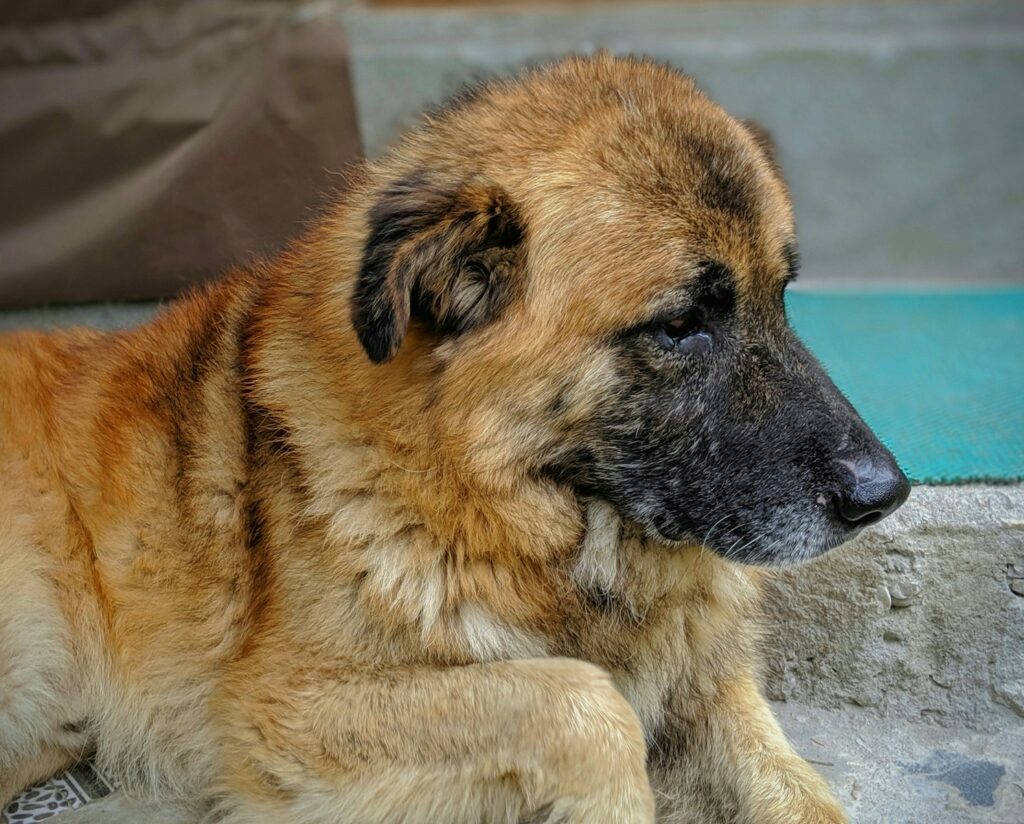
Dogs that feel lonely may gravitate toward your belongings, such as clothing, to feel closer to you. They might sleep on your bed or snuggle with an item that carries your scent as a way to find comfort. This behavior shows they miss your presence and are looking for emotional closeness.




